Do you remember the Perodua Nippa? I think you would be forgiven for not doing so. Somebody reminded me of its existence the other day: it was a cheap city car that was considered sufficiently difficult to recognise when it was launched in 1997 that it featured in my first job interview.
Having applied to be a picture researcher for a car annual, I was shown a selection of pictures of cars and asked to identify them. One was the Nippa, and it was the only car that I couldn’t pick out. It was a few months before it went on sale and I thought it was a Daihatsu Mira. Which effectively is what it was, only facelifted and rebadged. So I was half-right, and I got the gig.
I mention it now because of a slightly irrational fear that, nearly a quarter of a century later, if the same test were applied again, I would be in bigger trouble. Back then, I was just an enthusiastic car magazine reader, now this is my full-time profession. But show me a group of photos consisting of solely Audi, BMW and Mercedes-Benz SUVs and I think I would be absolutely stuffed. My eyes and mind may not be what they were in my early twenties, but this can’t be only my problem, can it?
Getting caught short is a national problem
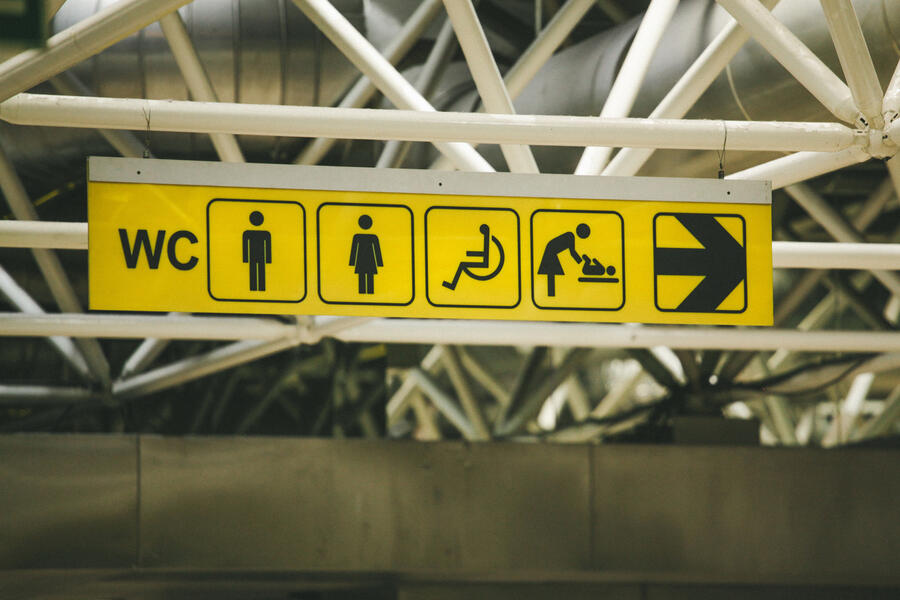
Last week, I stopped in the pretty Hampshire village of Odiham on a drive to a meeting. I had left home at 5.30am, because I needed to finish some writing before my appointment, so I had drunk a fair amount of tea. Which brings me to a subject that we maybe don’t talk about enough but probably should do more so: the provision of public loos.
Odiham has them, provided and looked after by the parish council, and they’re terrific. Clean and well equipped, as good as at home. This shouldn’t really be a pleasant surprise, but it was.
Public toilet closures are a problem. A 2019 report by the Royal Society for Public Health called Taking the Piss found that three in four people believed there weren’t enough toilets in their area. A lack of facilities stops one in five people going out as often as they want to, rising to two in five for people with conditions that require frequent toilet use. More than half of us reduce our fluid intake before going out. I know I do on a long drive, and I’m a healthy bloke in my forties.

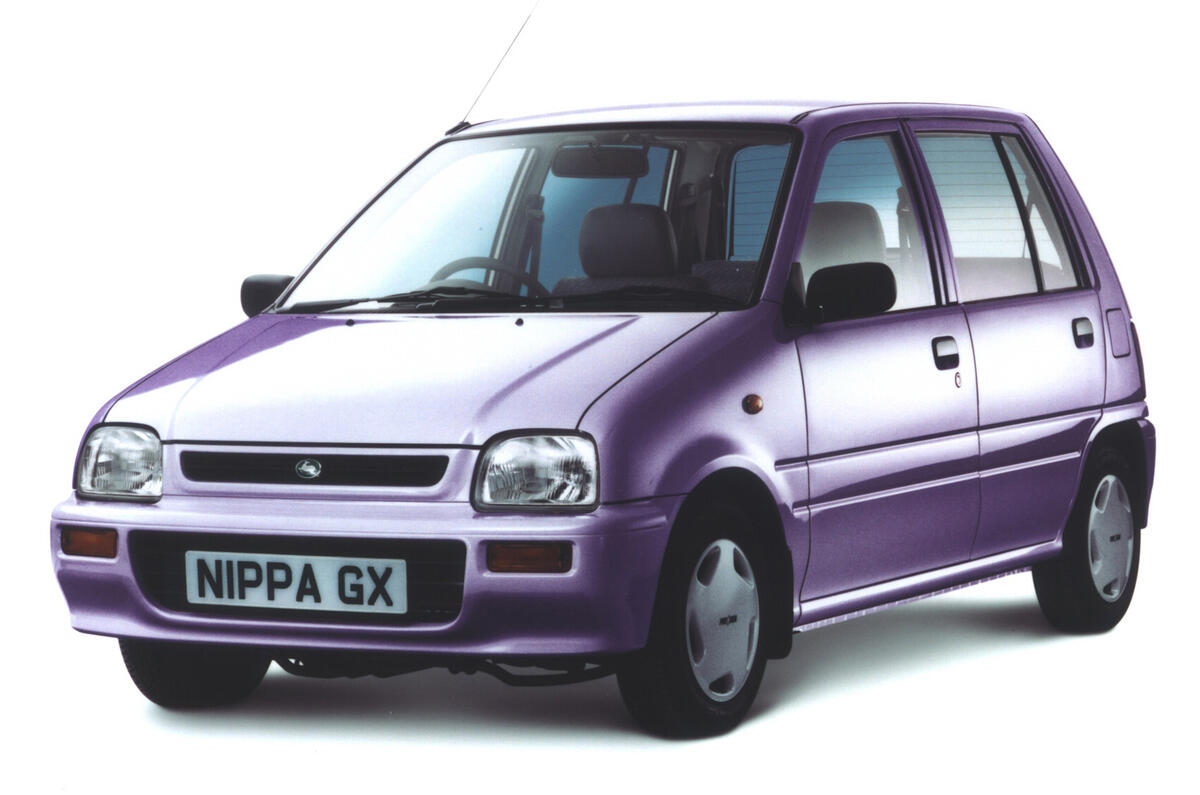
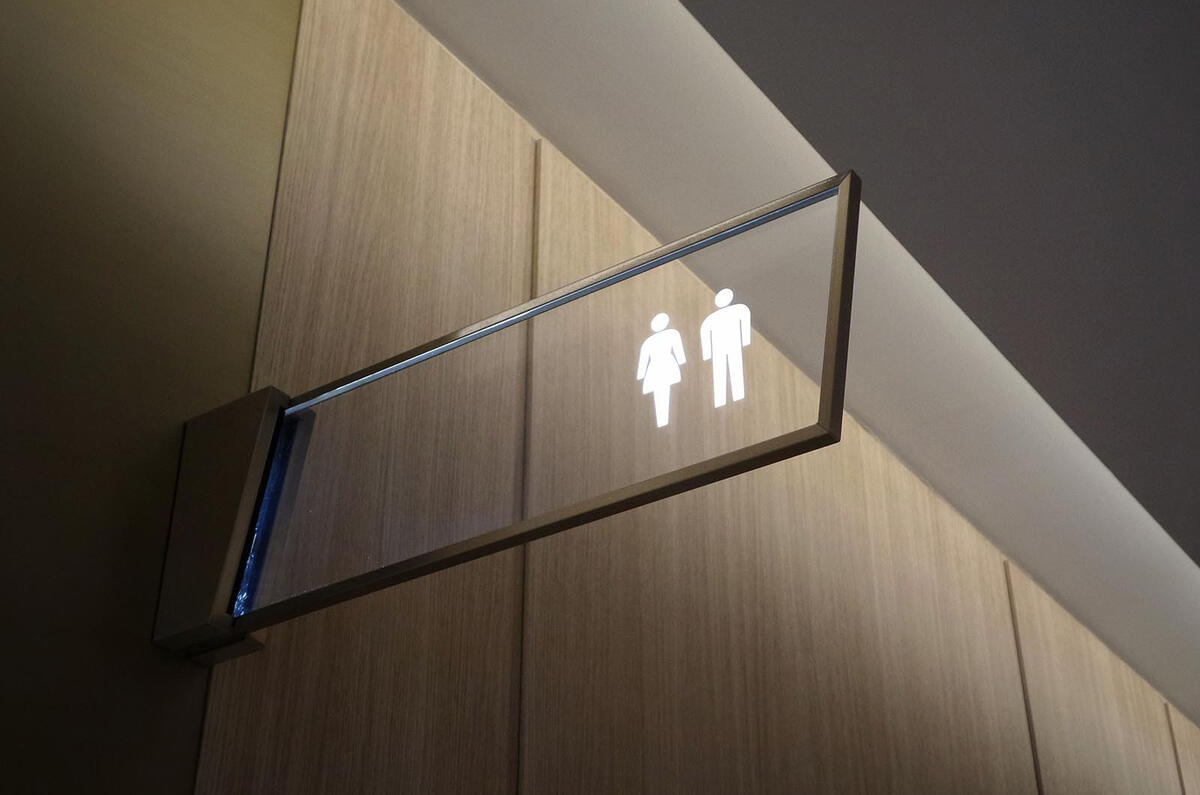
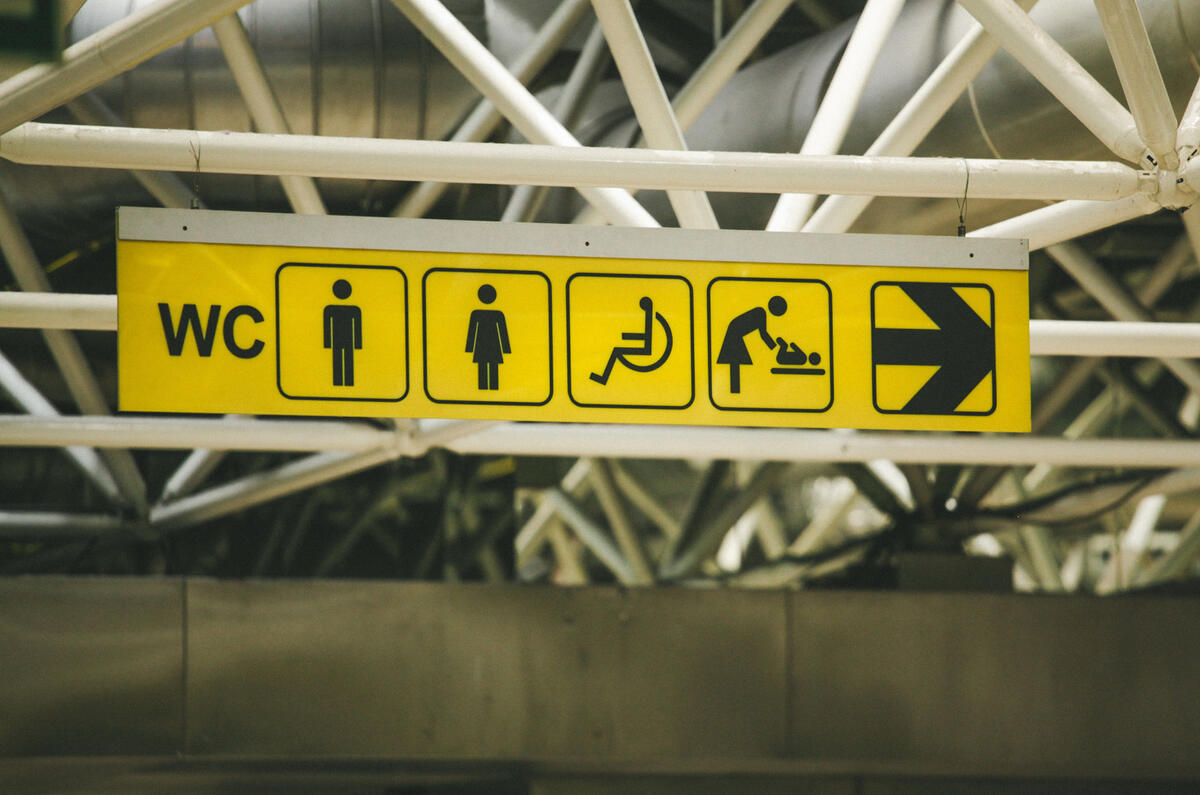


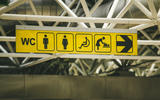





Join the debate
Add your comment
This is one of those things that people have been saying for decades.
I don't think cars have become harder to identify: there have always been a few tricky ones to pick. In the past Malaysia has often been a source of difficulty. Apart from the Nippa, do you remember the Perodua Kenari (quite distinctive headlights) and then all the Protons, the Saga, Wira, Satria et al? They were never that common so I often worried I wouldn't recognise one if it came round the corner.
There was never any such problem with the Eastern Bloc cars: Wartburgs, Ladas, Skodas and Moskvitches were all quite distinctive (though early Lada Rivas could be mistaken for Fiat 128s).
Increasing age probably dulls the senses and while cars do remain distinctive, there's no denying that platform engineering, safety regs and modern production techniques mean that their proportions are becoming more homogenous while the number of individual models has proliferated since the 1970s-80s. In the mid-80s, for example, Mercedes produced the 190, the E-class, S-class, SL-class, G-class. Now they appear to have 17 base models...
Even as a child I could identify most cars on the streets, the other day someone pulled up to a neighbours in some sort of Hyundai crossover and I didn't know nor care what model it was. Tuscany? SantaFe? Meh.